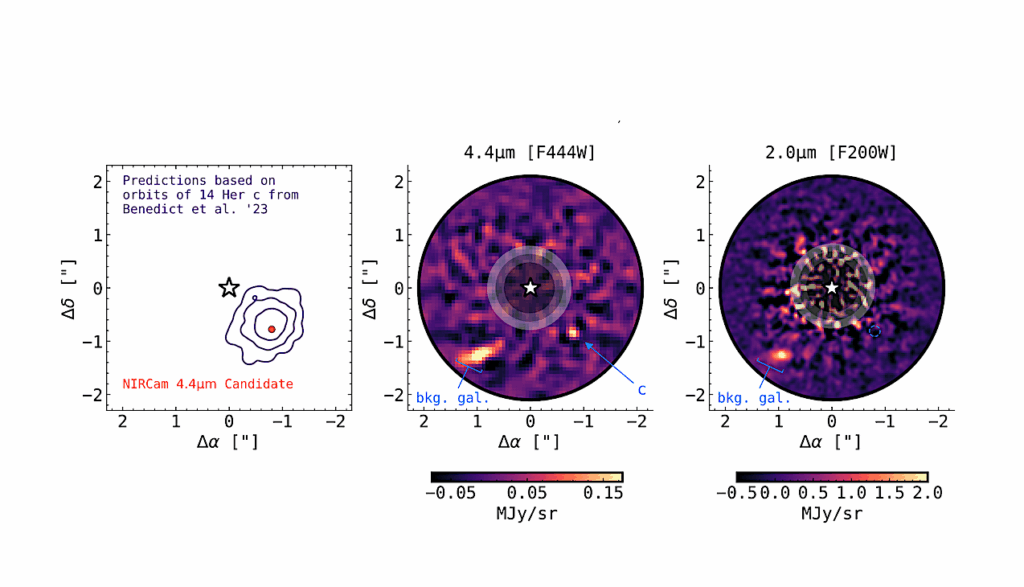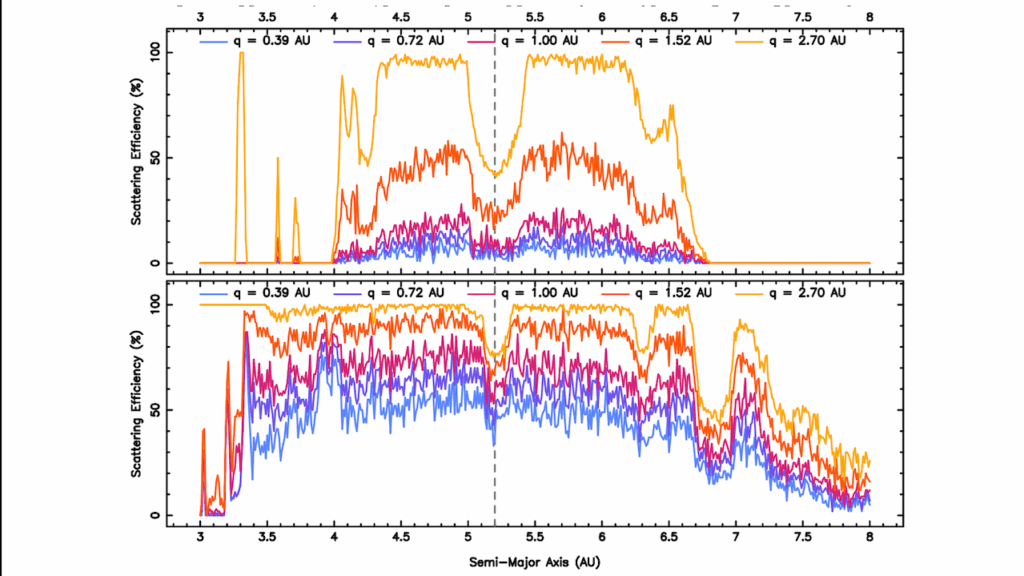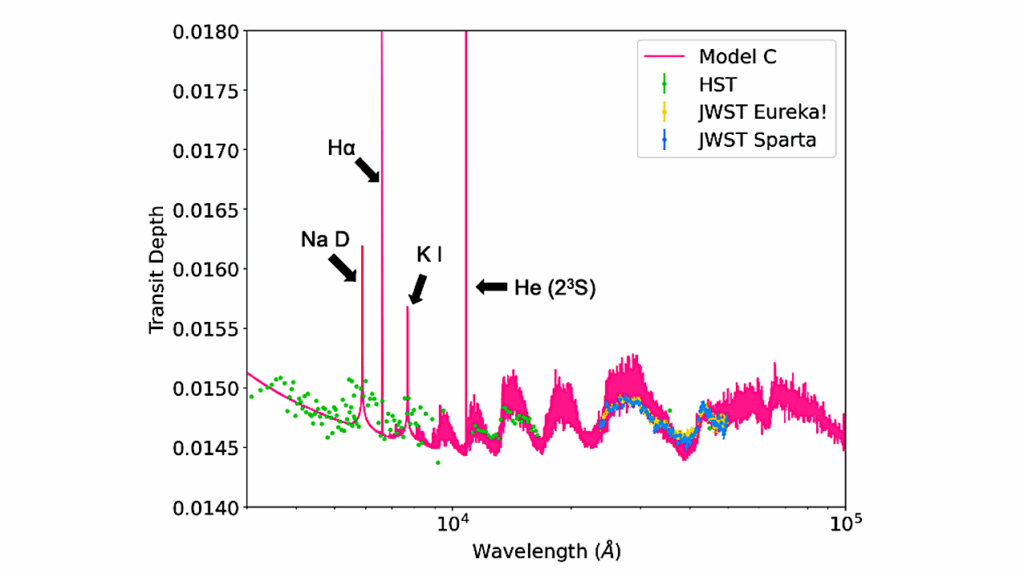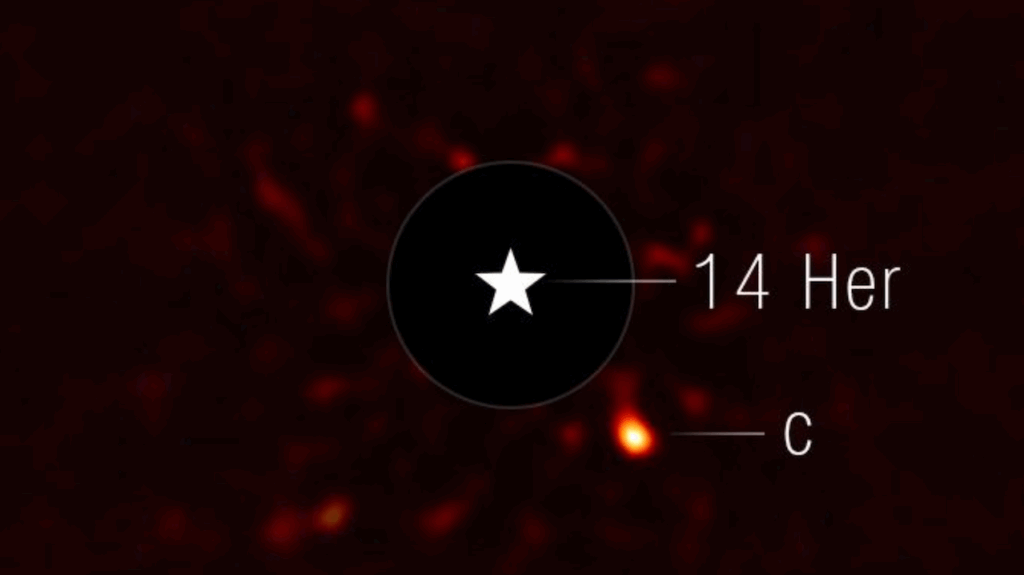First Millimeter Flares Detected from Epsilon Eridani with ALMA

We report the detection of three large millimeter flaring events from the nearby Sun-like, ϵ Eridani, found in archival ALMA 12m and ACA observations at 1.33 mm taken from 2015 January 17-18 and 2016 October 24-November 23, respectively. This is the first time that flares have been detected from a Sun-like star at millimeter wavelengths.
The largest flare among our data was detected in the ALMA observations on 2015 January 17 from 20:09:10.4-21:02:49.3 (UTC) with a peak flux density of 28 ± 7 mJy and a duration of 9 sec. The peak brightness of the largest flare is 3.4±0.9×1014 erg s−1Hz−1, a factor of >50× times brighter than the star’s quiescent luminosity and >10× brighter than solar flares observed at comparable wavelengths.
We find changes in the spectral index (Fν∝να) at the flare peak, with α = 1.81 ± 1.94 and a lower limit on the fractional linear polarization |Q/I|= 0.08 ± 0.12. This positive spectral index is more similar to millimeter solar flares, differing from M dwarf flares also detected at millimeter wavelengths that exhibit steeply negative spectral indices.
Kiana Burton, Meredith A. MacGregor, Rachel A. Osten
Comments: 9 pages, 4 figures, 1 table, accepted for publication in ApJL
Subjects: Solar and Stellar Astrophysics (astro-ph.SR); Earth and Planetary Astrophysics (astro-ph.EP)
Cite as: arXiv:2210.10818 [astro-ph.SR] (or arXiv:2210.10818v1 [astro-ph.SR] for this version)
Submission history
From: Meredith MacGregor
[v1] Wed, 19 Oct 2022 18:10:04 UTC (2,240 KB)
https://arxiv.org/abs/2210.10818
Astrobiology








